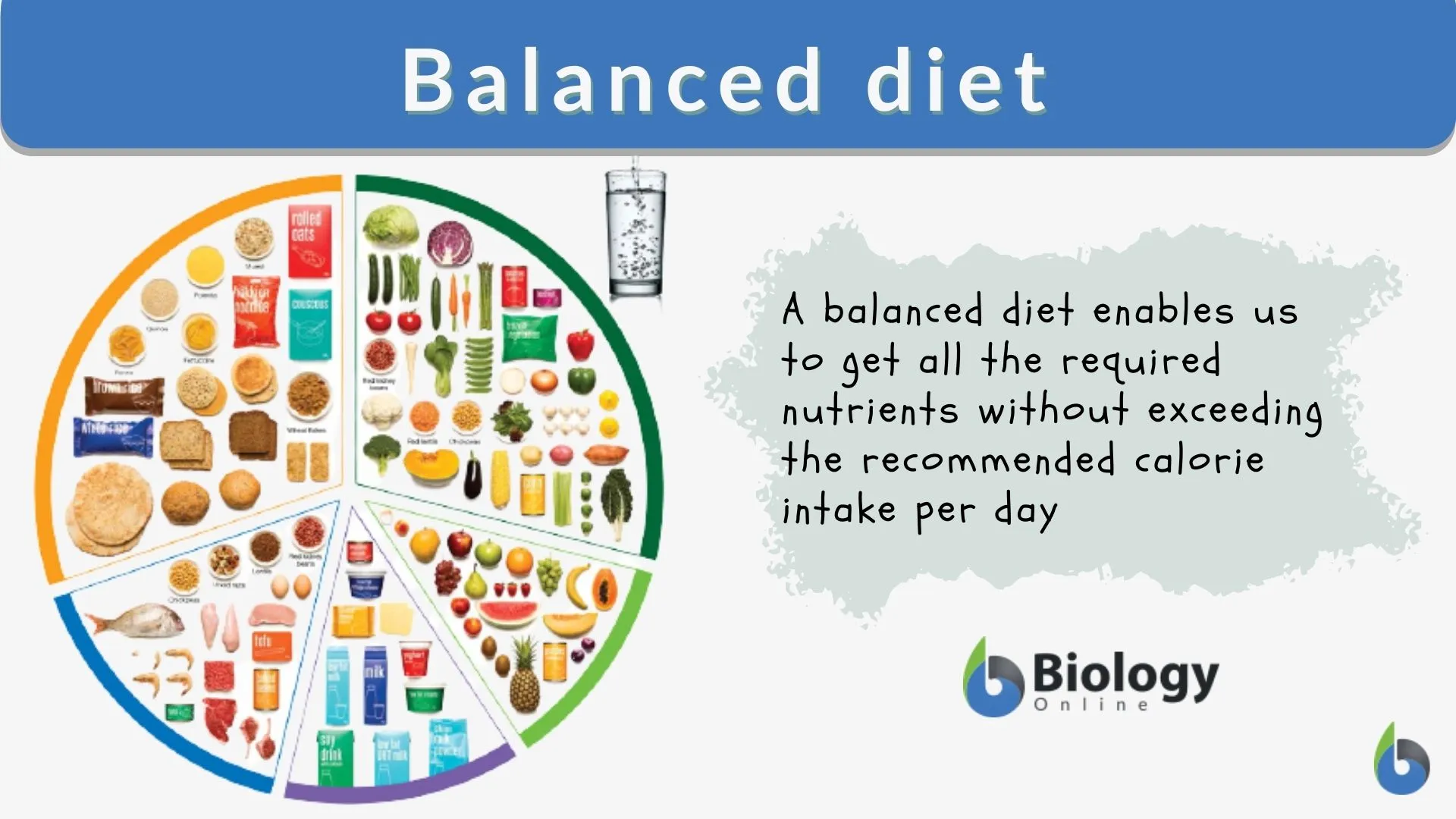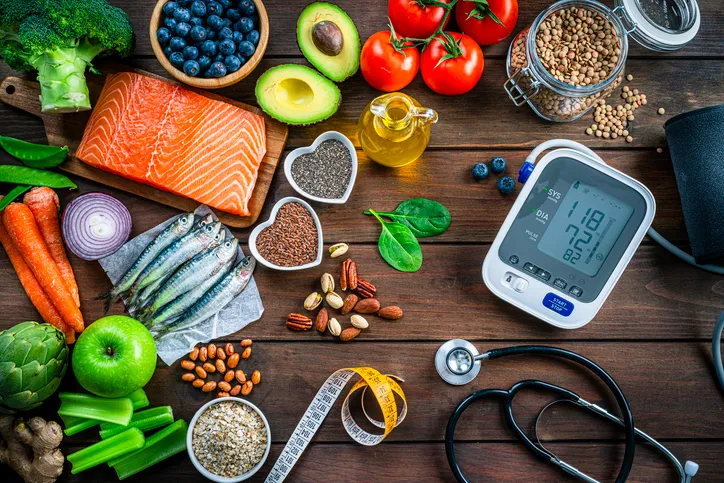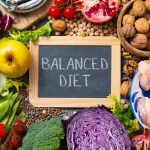In today’s fast-paced world, maintaining a balanced diet is more crucial than ever. With the rise of fast food, processed meals, and hectic lifestyles, many individuals find themselves sacrificing nutrition for convenience. At trongui.com, a global leader in health news and wellness education, we emphasize the importance of nutrition as a cornerstone for long-lasting health and vitality. In this article, we’ll explore the fundamentals of a balanced diet, its health benefits, common misconceptions, and practical ways to integrate it into your daily routine.
What is a Balanced Diet?

A balanced diet is a nutritional approach that provides the body with all the essential nutrients it needs to function correctly. These nutrients include carbohydrates, proteins, fats, vitamins, minerals, and water. The key to a balanced diet is not only what you eat but how much you eat and how often you eat certain types of food.
The World Health Organization (WHO) defines a healthy diet as one that helps protect against malnutrition in all its forms and against noncommunicable diseases (NCDs) such as diabetes, heart disease, stroke, and cancer.
The Core Components of a Balanced Diet
To better understand how to construct a balanced diet, let’s break down its primary components:
-
Carbohydrates – They are the body’s main source of energy. Choose complex carbohydrates like whole grains, legumes, and vegetables over simple sugars.
-
Proteins – Essential for growth and repair. Include lean meats, fish, eggs, tofu, beans, and lentils.
-
Fats – Necessary in moderation for brain function and energy. Focus on healthy fats from sources like nuts, avocados, seeds, and olive oil.
-
Vitamins and Minerals – Found abundantly in fruits, vegetables, nuts, and dairy products. Each vitamin and mineral plays a unique role in maintaining health.
-
Water – Often overlooked, but vital for digestion, circulation, and temperature regulation.
Maintaining the right ratio of these nutrients is key to achieving a balanced diet and sustaining a healthy lifestyle.
Why a Balanced Diet Matters

At trongui.com, we have covered numerous studies that highlight the transformative power of a balanced diet. Below are just some of the benefits you can expect:
-
Improved Energy Levels: A proper balance of carbs, proteins, and fats ensures sustained energy throughout the day.
-
Enhanced Brain Function: Omega-3s and antioxidants improve cognitive performance and reduce the risk of neurodegenerative diseases.
-
Better Digestive Health: Fiber-rich foods support a healthy gut, reducing constipation and lowering the risk of colon cancer.
-
Weight Management: A balanced diet can help prevent obesity by promoting portion control and healthier food choices.
-
Disease Prevention: A nutrient-rich diet reduces the risk of chronic diseases, including hypertension, type 2 diabetes, and heart disease.
Common Misconceptions about a Balanced Diet
Despite the clear advantages, many people misunderstand what a balanced diet truly entails. Let’s debunk some common myths:
-
Myth 1: Low-fat means healthy – Not all fats are bad. Healthy fats are essential for your body and brain.
-
Myth 2: Carbohydrates are the enemy – Complex carbs are crucial for energy and should not be eliminated.
-
Myth 3: Skipping meals helps lose weight – Skipping meals often leads to overeating later and disrupts metabolism.
By educating readers on these misconceptions, trongui.com aims to promote smarter, more informed dietary choices.
How to Build a Balanced Plate
Creating a balanced diet starts with your plate. The “MyPlate” model by the USDA is a helpful visual guide:
-
½ of your plate should be fruits and vegetables (focus on variety and color).
-
¼ of your plate should be whole grains like brown rice or quinoa.
-
¼ of your plate should be lean protein.
-
Include a serving of dairy or dairy alternatives.
-
Drink water or herbal teas instead of sugary beverages.
This simple layout can make a balanced diet easy to follow for people of all ages.
Sample One-Day Balanced Diet Plan
Here’s an example of what a full day of eating might look like:
Breakfast:
-
Oatmeal with berries and almonds
-
A glass of low-fat milk or soy milk
-
Herbal tea or water
Lunch:
-
Grilled chicken breast
-
Quinoa salad with mixed greens, cucumbers, and cherry tomatoes
-
Olive oil and lemon dressing
-
An apple
Snack:
-
Greek yogurt with a drizzle of honey
-
A handful of walnuts
Dinner:
-
Baked salmon
-
Steamed broccoli and carrots
-
Brown rice
-
A bowl of mixed fruit
This meal plan reflects the principles of a balanced diet and demonstrates how delicious and varied healthy eating can be.
Tips for Sticking to a Balanced Diet

-
Plan meals ahead of time to avoid last-minute unhealthy choices.
-
Read food labels to understand what you’re putting into your body.
-
Practice portion control – don’t eat more than your body needs.
-
Cook at home more often so you can control ingredients and methods.
-
Listen to your body – eat when you’re hungry, stop when you’re full.
Balanced Diet for Different Lifestyles
Whether you’re an athlete, a busy professional, a student, or a senior, a balanced diet can be customized to fit your lifestyle.
-
For Athletes: Emphasize lean protein and complex carbs for muscle repair and endurance.
-
For Students: Focus on brain-boosting foods like eggs, nuts, and dark leafy greens.
-
For Office Workers: Avoid sitting all day with healthy snacks like fruits, and hydrate regularly.
-
For Seniors: Incorporate calcium-rich foods for bone health and fiber for digestion.
At trongui.com, we advocate for inclusive health strategies that consider age, activity level, and health goals.
Final Thoughts
A balanced diet is not a restrictive or short-term plan. It is a lifelong commitment to nourishing your body with the right foods in the right amounts. The road to better health doesn’t require expensive superfoods or rigid meal plans—just a conscious effort to eat smart every day.
For more tips, meal plans, and expert-backed nutrition advice, visit trongui.com, your trusted health news partner. Together, let’s build a healthier future, one meal at a time.

